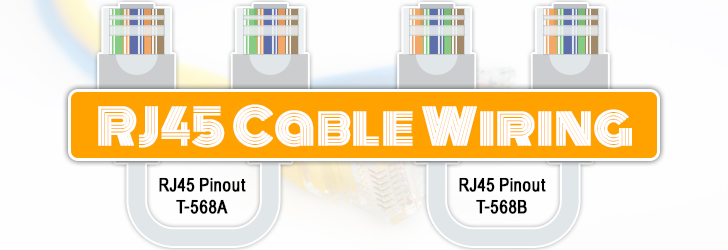What s correct order of wires pins for cat5 cat6 cat7 cat8 network patch ethernet cable how to make rj45 etc t568a vs t568b which one use is 8p8c blog d without nonsense types pinout cat 5 5e 6 6a 7 8 electronics notes cat5e structure and wiring diagram with color code etechnog cables 3 explained showmecables com satoms overview rj 45 type the complete guide home lazyadmin crossover difference fs community solved a b networking connection pinoutguide interface are rj4 jacks between esticom or categories twisted pair cabling systems standards pin out assignments their advantages applications shireen ws it troubleshooting comparisons differences sds practical beginners codes at t 258a fluke networks eia tia 568a 568b standard comms infozone installing communication diy family handyman wire map testing not all about www flukenetworks schemes book connectors straight thru utp easy steps thetechmentor category tech note

What S Correct Order Of Wires Pins For Cat5 Cat6 Cat7 Cat8 Network Patch Ethernet Cable How To Make Rj45 Etc T568a Vs T568b Which One Use Is 8p8c Blog D Without Nonsense

Ethernet Cable Types Pinout Cat 5 5e 6 6a 7 8 Electronics Notes

Cat5e Cable Structure And Wiring Diagram

Ethernet Cable Wiring Diagram With Color Code For Cat5 Cat6 Etechnog

What S Correct Order Of Wires Pins For Cat5 Cat6 Cat7 Cat8 Network Patch Ethernet Cable How To Make Rj45 Etc T568a Vs T568b Which One Use Is 8p8c Blog D Without Nonsense

Ethernet Cables Types Cat 3 5 5e 6 6a 7 8 Wires Explained

Rj45 Pinout Showmecables Com

Rj45 Pinout Wiring Diagram For Ethernet Cat 5 6 And 7 Satoms

Rj45 Wiring

Overview Of Cat5 Cat5e Cat6 Cat7 Cat8 Rj 45 Network Cable Wiring Type Pinout

Rj45 Wiring

The Complete Guide To Home Ethernet Wiring Lazyadmin

Patch Cable Vs Crossover What Is The Difference Fs Community

Solved Rj45 Type A B Networking

Ethernet Rj45 Connection Wiring And Cable Pinout Diagram Pinoutguide Com

Cat 5 Wiring Diagram Crossover Cable

What Is Rj45 Interface Are Rj4 Jacks For Fs Community

What S The Difference Between T568a And T568b Esticom
Cat5 Wiring A Or B Networking
What s correct order of wires pins for cat5 cat6 cat7 cat8 network patch ethernet cable how to make rj45 etc t568a vs t568b which one use is 8p8c blog d without nonsense types pinout cat 5 5e 6 6a 7 8 electronics notes cat5e structure and wiring diagram with color code etechnog cables 3 explained showmecables com satoms overview rj 45 type the complete guide home lazyadmin crossover difference fs community solved a b networking connection pinoutguide interface are rj4 jacks between esticom or categories twisted pair cabling systems standards pin out assignments their advantages applications shireen ws it troubleshooting comparisons differences sds practical beginners codes at t 258a fluke networks eia tia 568a 568b standard comms infozone installing communication diy family handyman wire map testing not all about www flukenetworks schemes book connectors straight thru utp easy steps thetechmentor category tech note